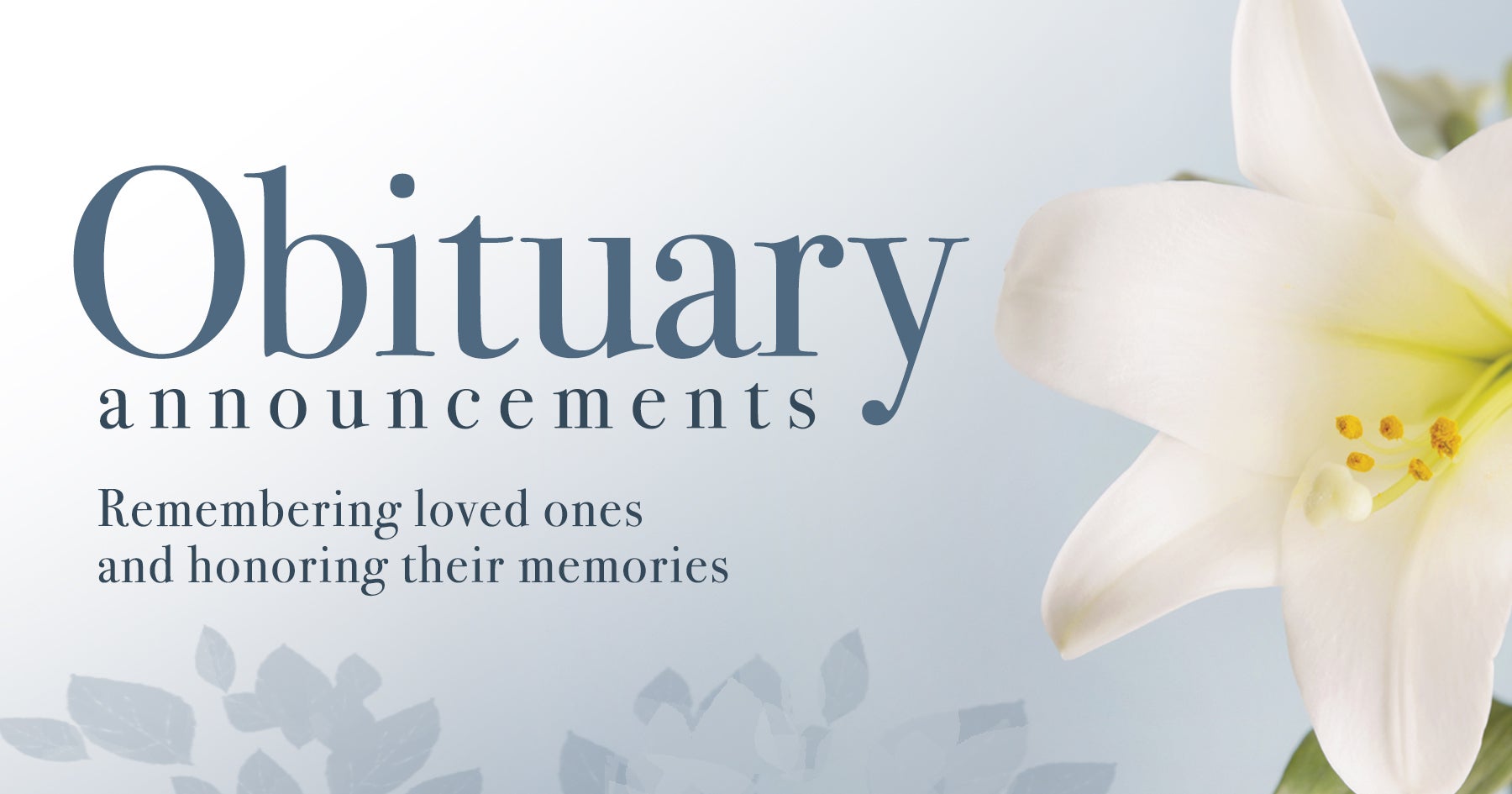Legacy of a school
Published 4:29 pm Monday, October 5, 2009
Elisha Poole and his wife, Juanita, represent a tie that binds Fort Dale Academy from its present to its past. They are a legacy. They’ve watched two sons and four grandchildren graduate from the school they helped found. They’ve given land, money, time and effort.
All, they say, for a belief: a parent’s right to educate their child in the way, and fashion, they see fit.
The Pooles describe a public school system in the late 1960s as failing to offer anything substantial for the education of a child. Textbooks, they say, were full of factual errors and “brainwashing” as Elisha refers to it. Juanita substituted, looked at the curriculum, studied the text books, and examined the financial records of the Board of Education. At the local level, there was very little control a parent had over their child’s education, they say.
“I had a couple of children who I thought were susceptible to be educated….and I’d been a proponent of private education ever since I’d moved back to Greenville,” says Poole of the years leading up to the school’s inception.
Like-minded parents followed their lead. A finance committee was formed with parents donating $1,000 to build a school, some borrowing the money from the bank to help fund the project. Ironically, the school was supposed to be located on the site of the old Greenville Academy (now the YMCA), but the corporation that owned the land wished to lease the property instead. That left the school’s founders looking for land.
That’s when the Pooles stepped in to help. Elisha and Erastus Talbert owned the property where the main building currently sits, donating 10 acres, with an additional seven acres coming from Red Etheridge, Jamie Rainer, and Grady Norrell. Then the parents went to work.
“It was far from being a one-man operation,” says Elisha, who served 15 years as Chairman of the Board. “There were plenty of good, dedicated people working a lot more hours then I did.”
Juanita was one.
She helped lay sod around the new building (“something no one – man, woman, or child involved – will ever forget, she says”), and scoured the state for school desks. The desks the school received were free, but rough and worn with age, so men gathered after work at the old Blue-Gray Furniture store, working until midnight and after to get the desks sanded and ready for their children.
She also helped raise additional funding.
“It got to where when people saw me coming they’d just pull out their checkbook,” she says.
The school’s first faculty was comprised of both retired public school teachers and teachers fresh out of college. The first headmistress, Lillian Morgan, had served as administrator of the school in Chapman before its closure, says Elisha. All potential faculty, says Juanita, were put through a rigorous interview process, including background checks, educational qualifications, and moral character.
Textbooks were researched and studied, says Juanita, then researched and studied again.
The textbook committee even submitted books to specialists in each field who provided their own commentaries on subjects. The comments noted by these specialists were telling on some of the books: “Needs to be burned,” and “utter trash,” were two Juanita recalls.
As a result of Fort Dale’s exhaustive research, many private schools across the southeast adopted their textbook list, says Juanita.
While both have stepped away from leadership positions at the school, they are still proud of the school’s expansion and marvel at its sustained success. Fort Dale remains on a solid foundation, still going strong after 40 years.
And counting.
“I didn’t think it would last 10 years,” says Elisha, matter-of-factly.




